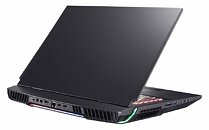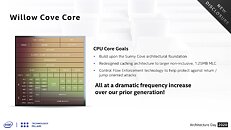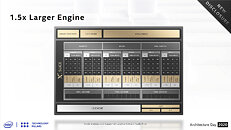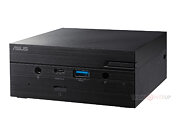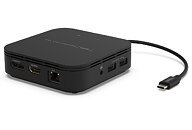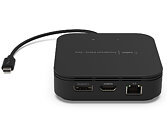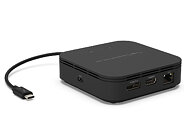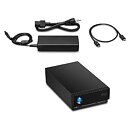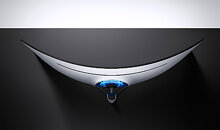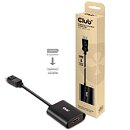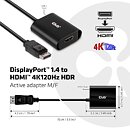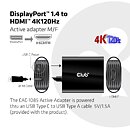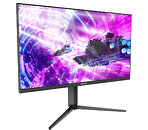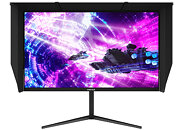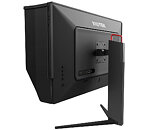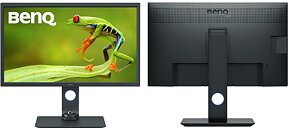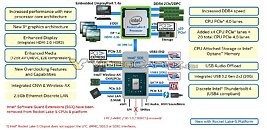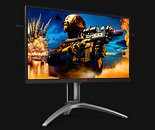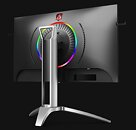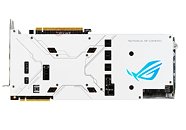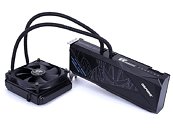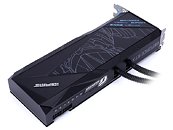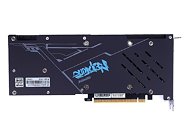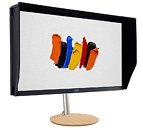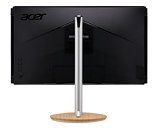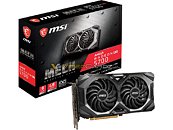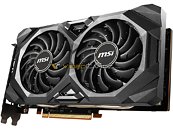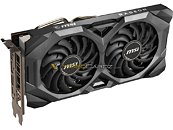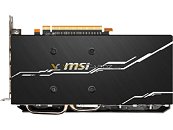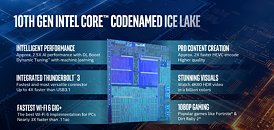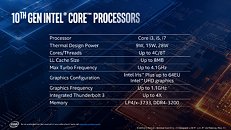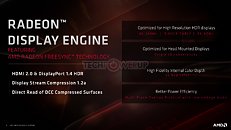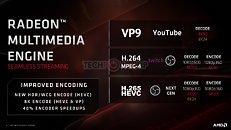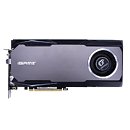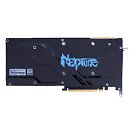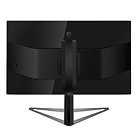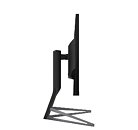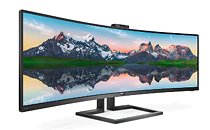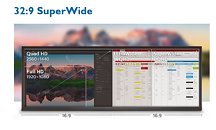Eurocom Unveils Sky Z7 Mobile Workstation Powered by i9-10900K and RTX 2080 SUPER
In September 2020, Eurocom will launch its newest Mobile Supercomputer, the Sky Z7 Laptop. Users are able to configure up to the highly-anticipated and incredibly powerful, user-upgradeable, NVIDIA RTX 2080 Super (Non-Max Q) desktop graphics card. The laptop will be available with a choice of 10th Generation Intel CPUs up to the i9-10900K on-board CPU. Users are able to configure and re-configure the Sky Z7 with up to 128 GB of high-speed DDR4 memory and up to a whopping 13 TB of SSD storage via user-upgradeable, easy-to-access internal components. The Eurocom Sky Z7 is a Mobile Supercomputer with easy-to-access internal hardware and battery, showcasing Eurocom's commitment to provide power users on-the-go, heavy-duty laptops that are upgradeable, and reconfigurable with the most impressive hardware today and beyond.
The Eurocom Sky Z7 Mobile Supercomputer utilizes the Z490 Chipset and LGA 1200 socket technology configurable with the most powerful desktop GPUs available today, up to the supercharged NVIDIA RTX 2080 Super (Non-Max Q) desktop GPU, which boasts a whopping 3072 CUDA cores with 8 GB GDDR6 video memory and up to 1815 MHz boost clock. The RTX 2080 Super is among the most advanced and sought after desktop GPUs available today due to its unmatched performance when running AAA games and other GPU-intensive applications.
The Eurocom Sky Z7 Mobile Supercomputer utilizes the Z490 Chipset and LGA 1200 socket technology configurable with the most powerful desktop GPUs available today, up to the supercharged NVIDIA RTX 2080 Super (Non-Max Q) desktop GPU, which boasts a whopping 3072 CUDA cores with 8 GB GDDR6 video memory and up to 1815 MHz boost clock. The RTX 2080 Super is among the most advanced and sought after desktop GPUs available today due to its unmatched performance when running AAA games and other GPU-intensive applications.

